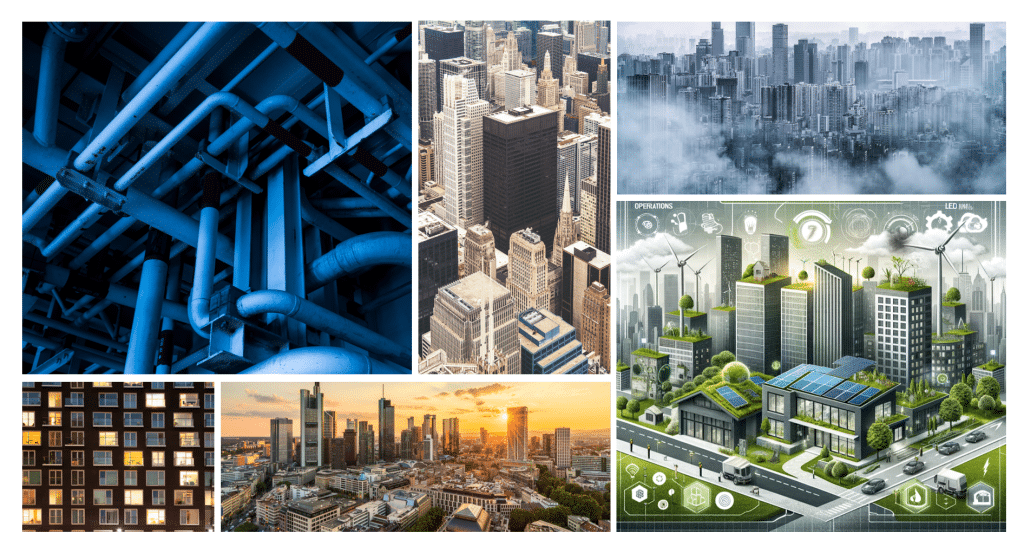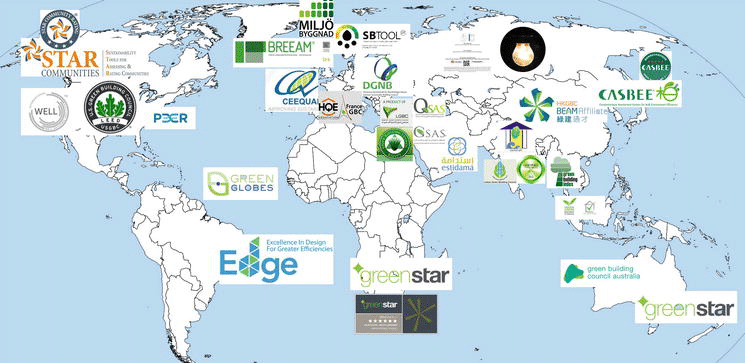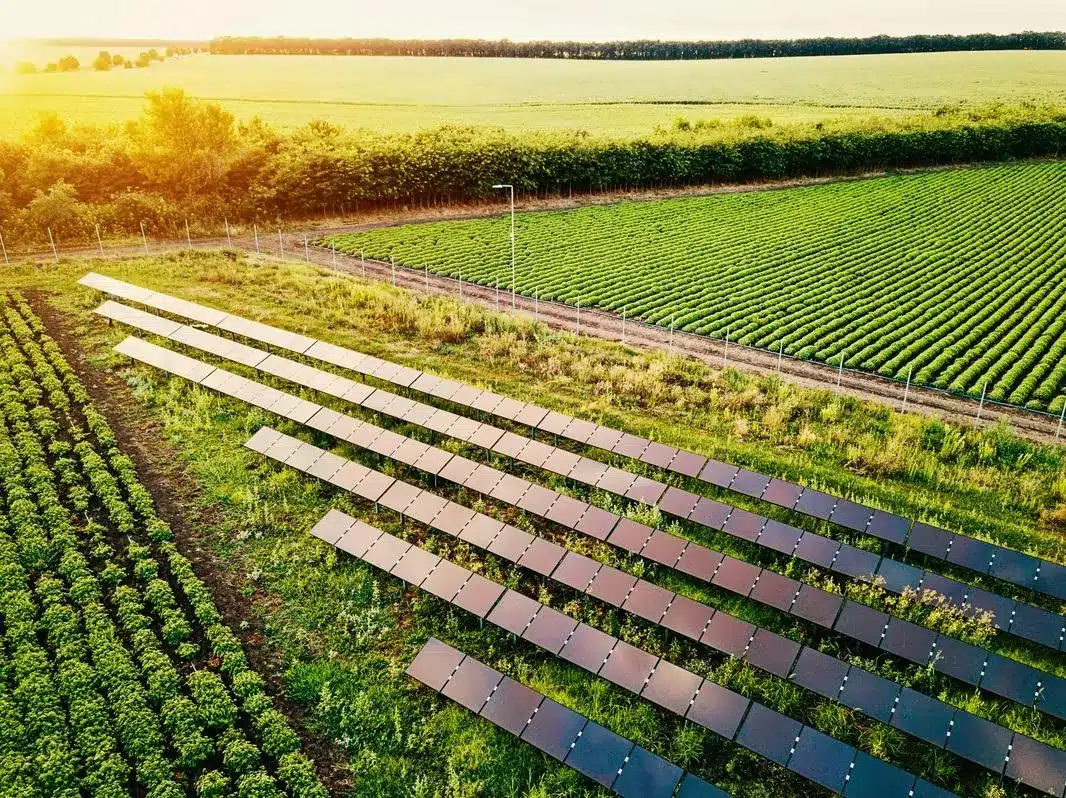Please Note: We have listed this article course as a flipbook on this page .It is for those interested in auditing the course/lesson. Please enroll in the course or get a Platinum membership and access all our courses at your leisure. This way you can report this course for Continuing Education (CE) or need a certificate. Enrolled students must take and pass the short quiz in order to earn CE credits. In addition, this course needs to be self-reported. Self-reporting information will be accessible once you complete the Quiz.
Building decarbonization is a process in which greenhouse gas emissions are minimized. Since GHG emissions are one element of environmental sustainability, the building decarbonization strategies employed support carbon reductions in supply chains and buildings. Ongoing operations and maintenance decisions impact purchasing decisions, product designs, and supplier selection. The quality of operations and maintenance practices that utilize strategies like energy audits and Building Maintenance Systems determines the ability of the building to meet carbon emission goals. Included in this discussion is the retrofitting of existing buildings to reduce carbon emissions.
Objectives
- Develop an understanding of building operations and maintenance as an element of a building lifecycle for decarbonization
- Learn the roles of strategies like energy audits and renewable energy integration in reducing GHG emissions
- Discuss the utilization of Building Management Systems and AI to increase operational efficiency
- Discuss building retrofitting as an energy conservation strategy
- Review the importance of waste management policies in decarbonization
- Explore green purchasing policies
- Present a case study describing Infosys’ achieving LEED certification and the journey to become a global leader in carbon neutrality










